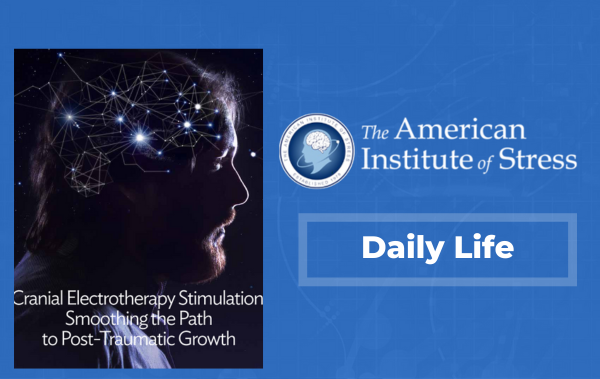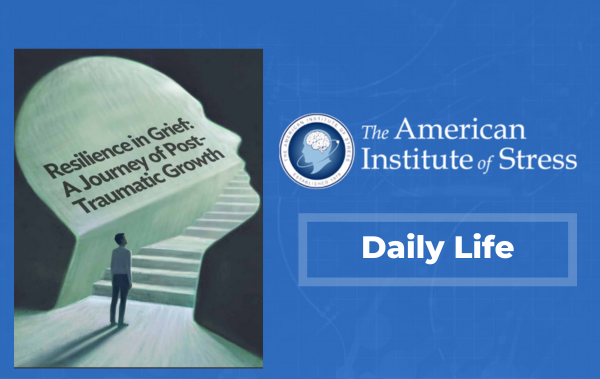Learn the core differences between the most commonly interchanged terms—stress and anxiety and sadness and depression.
Please note: This blog is for informational purposes only and is not intended to be a substitute for professional medical advice, diagnosis, or treatment. Always seek the advice of your physician or other qualified health provider with any questions you may have regarding a medical condition.
Sadness, depression, anxiety, and stress. These are common experiences that clinical psychologist, Dr. Justin Ross cautions against labeling as “mental health problems,” recognizing that each is deeply human in nature. Most often, these concerns ebb and flow with the rhythm of life, shifting with the changing demands in our responsibilities, never quite reaching a level of clinical significance that requires a sustained negative impact for more than a few days at a time. It’s important to understand that the vast majority of times being sad doesn’t mean you’re depressed, or experiencing stress or acute anxiety doesn’t mean you suffer from an anxiety disorder.
Differentiating between sadness and depression
Sadness is one of the most common experiences we will all face in our lives and can be generated from a number of different places. Often, there is an element of loss connected to sadness. Direct loss when a loved one passes away for example. But also more abstract aspects of loss can generate sadness too; loss of opportunity, loss of hope, and/or loss of meaningful connection.
Depression on the other hand is a serious mood disorder that involves persistent sadness, hopelessness, and loss of interest in activities. Diagnosis of a major depressive episode requires a prolonged two-week or more period involving depressed mood, diminished interest or pleasure, weight and/or sleep disturbance, difficulties with concentration, feelings of lethargy, and even serious thoughts about self-harm.
What about stress, fear, and anxiety?
We’ve all heard of the fight or flight response that activates in these conditions. Behind the fight or flight response is a cascade of bodily changes preparing us to deal with some aspect of threat. That’s the key starting point for understanding fear, anxiety, and stress–some version of threat kicks this activation into gear.
Fear comes from a place of real-world danger; something in this present moment has the ability to harm you. For example, if you’re out on a trail run and you come across a mountain lion, that’s a fear response – a real-world threat to your safety in the present moment that kicks your body into high alert in preparation to fight or flee this predator.
Anxiety involves the same cascade of hormonal changes as fear but is generated from mental activity. Thinking that you may run into a mountain lion while you’re safe at home, tying your shoes, and getting prepared for your run is an example of anxiety.
Last, but certainly not least, is stress which we can break down further into two component parts. Mental stress occurs when expectations and demands exceed the ability to cope with them effectively. We experience mental stress in daily life from work, education, family, relationships, and life responsibilities. Physical stress coincides with physical demands being placed on your body. As an athlete, the training and recovery practices you engage in create a balance between accumulated physical stress and recovery.
Why does this matter?
Why the breakdown of condition? Well, first and foremost, as humans it’s important to understand that every one of us is prone to experiencing each of these conditions at some point. It’s not really a matter of IF we experience sadness, stress, anxiety, or fear, but rather a matter of WHEN. Further, and perhaps even more importantly, the level of chronicity along with our repertoire of adaptive coping skills play important roles in our relationship with each of these conditions. As an athlete, it’s critically important we pay attention to these layers. Although running can serve as a primary coping skill, it can also dig a deeper hole when we’re adding additional layers of physical stress on top of other life stressors or using exercise as an escape without working through underlying aspects of depression.
Is running good for depression and anxiety?
Maintaining our mental health requires deliberate, manageable strategies fostering proactive coping. Emerging evidence continues to point to the power of movement, with running in particular showing to be a powerful agent in not only managing but helping to prevent depression and anxiety, “runners had lower depression and anxiety, lower stress, higher psychological well-being, and better mood compared to sedentary controls.” Even a single session of hopping on the treadmill can help. Eleven studies found a single dose of treadmill running led to positive differences in mental health outcomes, including reductions in anxiety and total mood disturbance while improving self-esteem, self-efficacy, and well-being. And longer-term programs implementing walking and/or jogging ranging from 2-20 weeks showed consistent support in improved mood and lowered stress reactivity, with particular findings supporting longer-term exercise interventions for those known to struggle with depression. In terms of our well-being, the ritual of running is as important as the movement itself, as dedicating time for oneself is a sign of self-compassion, self-worth, and personal permission for self-care.
A great starting point for using exercise as a mental health promoter is to ask yourself two questions as you prepare for your workout.
First, “What is my current level of sadness, stress, and/or anxiety?” Give that a rating between 0 and 10.
Second, “How is my exercise plan going to help me manage this right now?”
Bringing awareness to what you’re feeling and then allowing yourself to utilize the power of running to help work through it is a great place to start.





